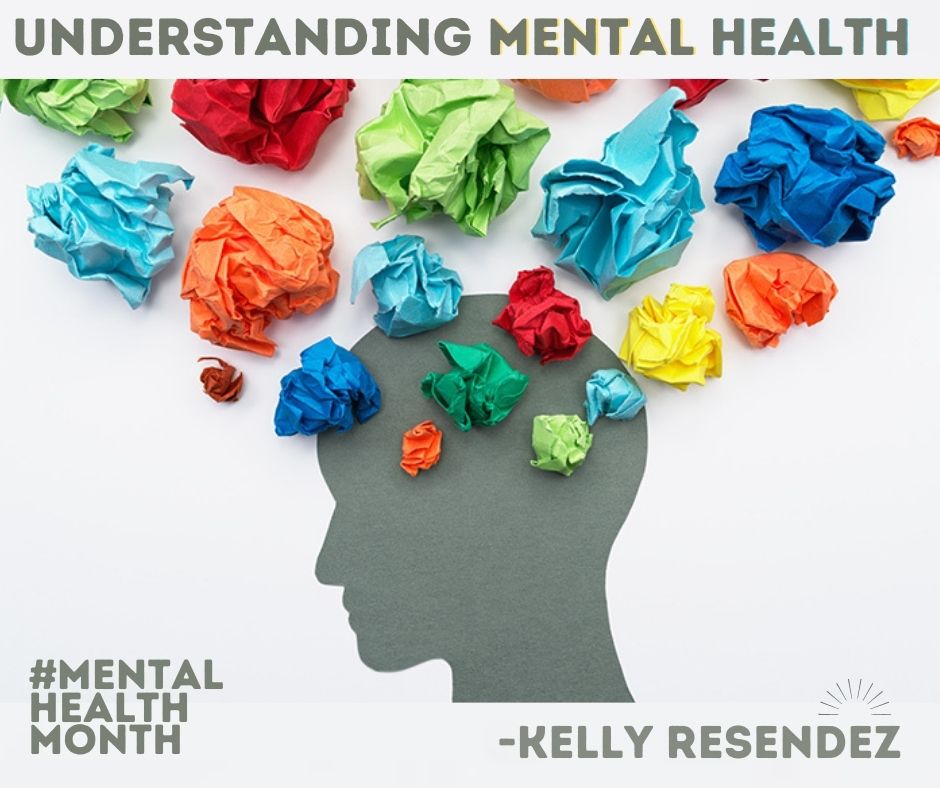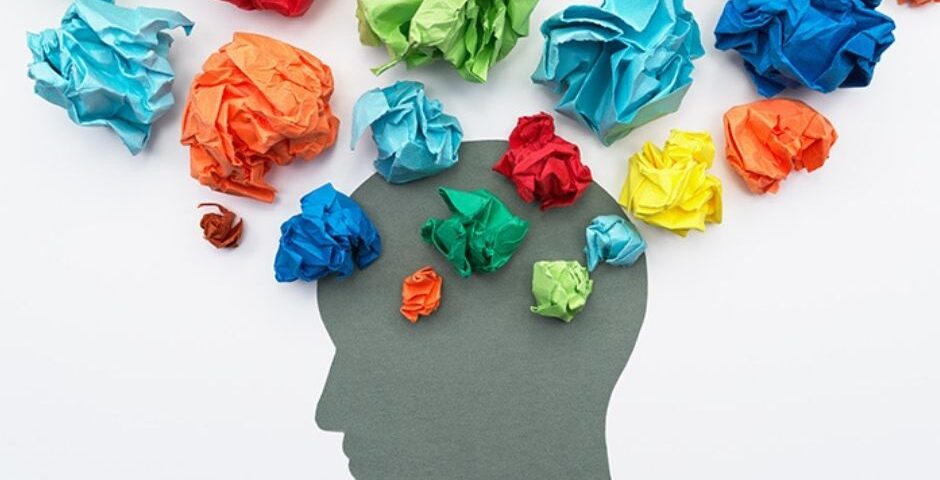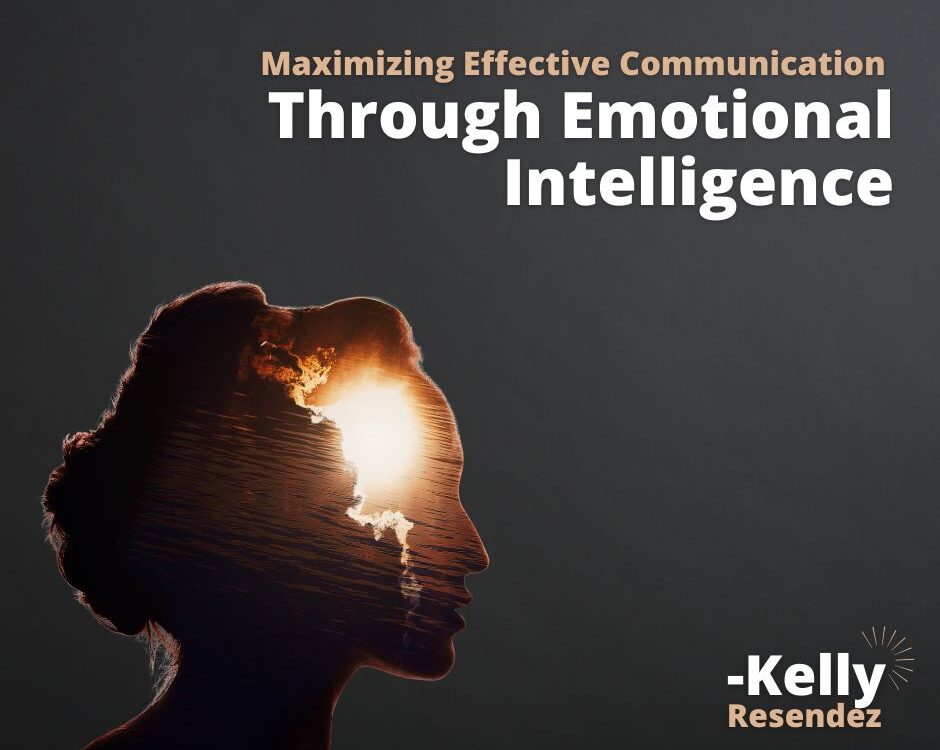7 Cognitive biases that keep you from accurately seeing the world.
April 10, 2021
12 Ways to become the best version of yourself.
June 10, 2021
It’s Mental Health Awareness Month, but the conversation around our collective challenges with mental illness and promoting mental health is one that should go on year-round.
Remember that mental illness doesn’t discriminate – it can affect anyone, no matter their age, race, religion, income, or social status. Mental illness can emerge based on a complex and overlapping set of factors, including our genetic disposition, brain chemistry, personality, outlook, lifestyle, and traumas that occur.
Simply put, mental illness is a legitimate medical condition that changes the way a person thinks, feels, their mood, and ability to relate to others or even function in daily life.
There are many manifestations and indirect consequences to mental illness (and a lack of focus on improving mental health), from the workplace to our relationships and social lives, and even further public health effects. For instance, more than 25% of U.S. adults who suffer from serious mental illness also deal with substance abuse.
So today, I wanted to outline some quick facts and stats about mental health and mental illness that will boost awareness and help us all understand the gravity of the problem.
- Just about 1 in 5 (19%) of every adult in the U.S. experiences some form of mental illness every year, or approximately 43 million people.
- And each year, 1 in 20 (5%) of all U.S. adults experience a serious mental illness.
- The most prevalent mental health issue is some form of anxiety disorder, which affects about 40 million adults in the U.S. every year, or 18.1% of the population.
- All-too-common conditions like anxiety disorders are highly treatable, yet only 36.9% of those suffering from anxiety ever get help or treatment.
- Anxiety and depression often go hand-in-hand, with almost 50% of people diagnosed with depression also diagnosed with anxiety disorders.
- It’s estimated that 5 to 10% of the population suffer from clinical depression at any given time.
- Young people and teens largely feel the brunt of mental illness and mental health problems. Almost 1 in 10 (9.7%) of all youth in the U.S. suffer from major and severe depression.
- Identifying mental illness and providing tools and resources to promote mental health is such an important issue with young people.
- In fact, 1 in 6 U.S. kids and teens ages 6-17 suffer some sort of mental health disorder each year. Globally, about 1 in 5 (20%) of youth suffer some kind of mental illness or disorder.
- Awareness and identification of mental health issues among youth is critically important, as 50% of all mental illnesses start by age 14 and 75% by the age of 24.
- 2020 was definitely one of the most challenging years in memory with the Covid 19 pandemic as well as lock downs and the economic fallout. In fact, from 2019 to the start of 2021, the share of adults reporting symptoms of serious anxiety or depression skyrocketed from 11 percent in 2019 to over 41 percent by the beginning of 2021.
- Even before the pandemic, serious depression on a regular basis was reported by 4.7% of U.S. adults, and doctors diagnosed depression on 9.3% of all patient intakes, or 11.2% of all emergency room visits.
- Across the globe, depression is the leading cause of disability.
Over any 12-month period, the prevalence of mental illnesses among all U.S. adults is as follows:
- 19% Anxiety disorders
- 8% Depression
- 4% Post-traumatic Stress Disorder
- 3% Bipolar Disorder
- 1% Obsessive Compulsive Disorder
- 1% Schizophrenia
Treatment for mental health disorders is still woefully lacking in the United States and across most of the world. In fact:
- 56% of U.S. adults with mental illness receive no care
- 34% of adults with serious mental illness do not receive care
- 49% of youth (6-17 years old) with a mental health condition get no treatment
It’s important to be able to identify the warning signs of mental illness, which include:
- Extreme mood swings or changes.
- Drastic changes in eating habits and sudden weight loss or gain.
- Irrational and excessive fear or worry for no valid reason.
- Problems with focus and concentration.
- Withdrawing socially from family, friends, and coworkers.
- Excessive feelings of sadness or hopelessness that last more than two weeks.
- Thoughts of self-harm.
- Undertaking risky, reckless behavior that can lead to hurting you or others.
- Excessive use of drugs or alcohol.
Where can you turn for help? If you or someone you know or love is struggling with mental health, there are plenty of tools and resources available to you, such as:
- Talking with a health care professional.
- Reaching out to family or close friends and share what you’re going through.
- Reporting any issues to your HR representative at work or boss if need be.
- Studying up on mental health and illness.
- Joining a free mental health education class or seminar.
- Calling the National Alliance on Mental Illness (NAMI) hotline at any time at 800-950-NAMI (6264).
I also would like to offer you my well-researched Trigger Management Plan for free, which will help you identity and cope with the things that derail you from living the life you truly want.
You can find it here: https://bigvoicesrise.com/wp-content/uploads/2017/09/06-BV-Trigger-Worksheets.pdf
Thanks for reading today and remember that mental health IS health!
-Kelly Resendez



